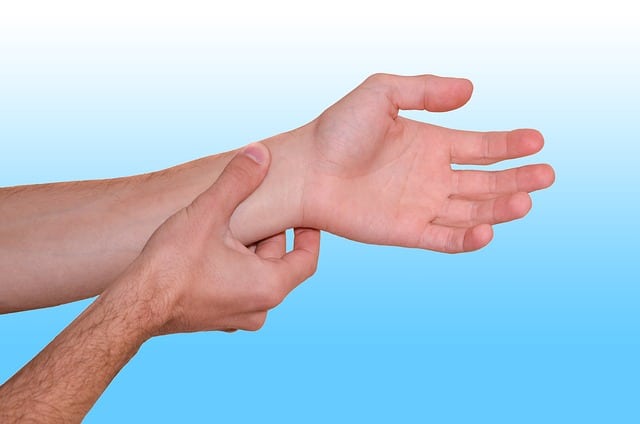
The continuous passage of blood causes the arteries to beat, a phenomenon known as pulse.
Born as a derivation of the Latin word pulsus , the word pulse describes the beating of the arteries as a result of the continuous passage of blood pumped by the heart muscle . With the wave of distension caused by the advance of blood, the artery expands and this movement can be perceived in various parts of the body , such as in the wrists and neck (since, in these body sectors, the arteries are closer). close to the skin).
The so-called radial pulse (which can be seen on the part of the wrist next to the thumb) as well as the ulnar pulse (which is recorded closer to the little finger) are two pulse points that are concentrated on the wrists, while the Carotid pulse is one that is located in the neck. Other pulse points are the femoral pulse (on the thigh), the popliteal pulse (below the knee), the dorsalis pedis pulse (on the instep), and the temporal pulse (on the temple).
How to take the pulse
To feel the pulse, you must use the index and middle fingers. It is not advisable to use your thumb, since it has its own pulse. Your fingers should be placed close to the artery and apply gentle pressure to feel the pulse. Another way to find your pulse is to put your ear close to your chest to hear your heartbeat .
In a healthy adult, the normal resting pulse is between 60 and 100 beats per minute. During sleep, values as low as 40 beats per minute are usually observed, while intense physical exercise can raise these numbers to 200.

The pulse can be felt in different parts of the body.
Indication of a disorder
A phenomenon that occurs during inspiration is known as a paradoxical pulse and consists of a decrease in the wave amplitude of the pulsations and the pressure of the systole movement that does not respond to the normal behavior of the cardiovascular system . It usually indicates various disorders such as asthma or arterial obstruction and is not related to arrhythmia or problems of a similar nature.
The origin of its name lies in the fact that when examining a patient suffering from this phenomenon, it is possible to perceive their pulse with the help of a stethoscope, but not by taking the pulse on the wrist.
Causes of pulsus paradoxus
There are various possible causes of pulsus paradoxus, which can be divided into two groups: on the one hand, within the anatomical factors , we find cardiac obstruction, pericardial effusion, pulmonary embolism, pregnancy or even obesity, although it can also occur. due to respiratory disorders that require a very great effort from the lungs, thus causing a higher pressure magnitude than usual; On the other hand, pathological issues , such as myocardial infarctions or a blockage of the superior vena cava or a decrease in the amount of blood in the left region of the heart.
To measure this phenomenon, a sphygmomanometer (the equipment used to measure arterial pressure) and a stethoscope are used; With the help of these instruments , it is possible to observe the difference that exists in the systole pressure when you exhale with respect to the moment you inhale.
Other meanings
Confidence in hand to execute an action with precision and care in a matter or business are also known as pulse. For example: «To paint a drawing of this type you need a lot of pulse» , «Please deal with the issue with pulse to avoid inconveniences» .
This term, finally, can refer to a parameter that was established with the purpose of fractioning and measuring the consumption of a telephone service.
